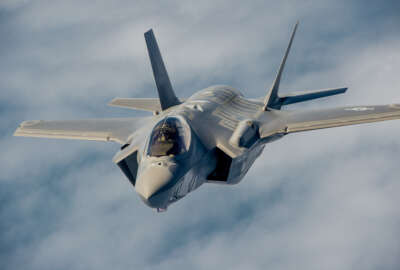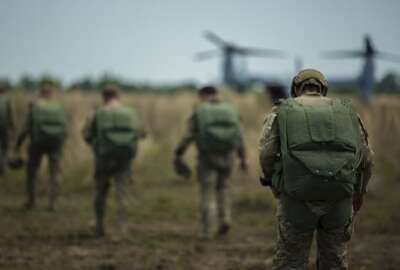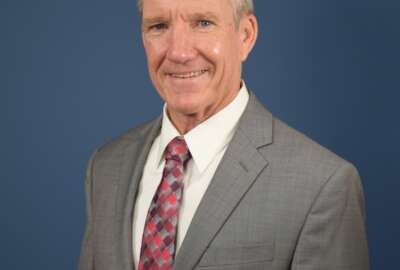
SOCOM serves as proving ground for new initiatives
When the Air Force empowered commanders and supervisors to conduct nearly all ancillary training as they see fit, the Air Force’s 1st Special Operations Wing...
One of the advantages of the U.S. Special Operations Command (SOCOM) is that it gives the armed forces a unique testing ground. As early adopters with special authorities to acquire resources more quickly than the rest of the Defense Department, they have been able to implement capabilities from which the rest of the services can then piggy back.
That dynamic is true for organizational initiatives as well.
When the Air Force empowered its commanders and supervisors to conduct nearly all ancillary training as they see fit, the Air Force’s 1st Special Operations Wing again took on the role of early adopter.
Wing Commander Col. Thomas Palenske saw an article from Defense Secretary Jim Mattis on Facebook that said he wanted a servicewide review of predeployment requirements.
“I said, ‘Hey Secretary Mattis, the Air Force’s most deployed wing can help you out with that,'” Palenske said on Agency in Focus: SOCOM.
So he sent the article to the airmen in his command, and asked for feedback on what pre-deployment requirements were counterproductive.
“Our folks out here, for every four months they’re downrange, they’re only home for about eight months, then they go back downrange again,” Palenske told Federal News Radio’s Scott Maucione. “So they’ve got it figured out. And they basically took a pen and lined through three quarters of the pre-deployment checklist.”
Palenske said that the problem is, for the last 17 years, various staffs and functions have been able to add things to the pre-deployment steps without any checks or balances. There is no staff or function to take items off the list.
Latest Defense News
He said his airmen did not get 100 percent of what they asked for, such as requests to reduce the amount of time spent training with weapons or in gas masks before deployment. That’s just basic readiness, he said. But he trusted his airmen and put an end to most other steps they identified as counterproductive.
He said some people thought he was taking a lot of risks implementing these new changes.
“The most interesting thing that’s happened: nothing,” Palenske said. “The folks at [United States Central Command], nobody sent a note back to me from anywhere in the world saying, ‘Hey, we really want you to do this particular piece of training.’ Everybody said ‘That’s a good idea. We’re glad that you guys are going down that road.'”
Copyright © 2025 Federal News Network. All rights reserved. This website is not intended for users located within the European Economic Area.
Daisy Thornton is Federal News Network’s digital managing editor. In addition to her editing responsibilities, she covers federal management, workforce and technology issues. She is also the commentary editor; email her your letters to the editor and pitches for contributed bylines.
Follow @dthorntonWFED
Related Stories





